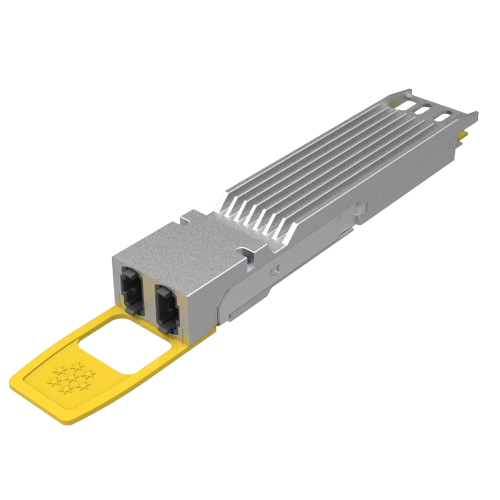As artificial intelligence (AI) and machine learning (ML) applications grow rapidly, we can foresee that industries and companies will use these systems and tools in their daily processes. As the complexity of these data-intensive applications continues to increase, the need for high-speed transmission and efficient communication between computing units becomes critical.
This demand has sparked interest in optical interconnects, especially for short-distance connections between XPUs (CPUs, GPUs, and memory). Silicon photonics is emerging as a promising technology that can improve performance, cost-effectiveness, and thermal management capabilities compared to traditional approaches, ultimately improving the functionality of AI/ML applications.
Advantages of Silicon Photonics in Artificial Intelligence
Silicon photonics interconnects play a critical and specialized role in managing the growing demand for AI/ML applications across industries. These components need to exchange data quickly and consume as little power as possible while maintaining high computing density. Silicon photonics enables good communication between computing units such as CPUs and GPUs, and memory units can also be improved to increase the computing power and efficiency of AI applications.

Silicon photonics example layout (Source: OpenLight)
Laser integration is essential for generating, modulating, and manipulating optical signals and introducing them into various systems. However, this has always been a major challenge in the field of silicon photonics.
On-chip optical interconnect technology
To meet market demands, companies have begun investing in on-chip optical interconnects to enable scalability from one laser to hundreds of lasers, surpassing the challenges posed by traditional electrical interconnects.
Short-reach optical interconnects using silicon photonics offer a solution that enables high-speed data transmission while reducing power consumption and increasing thermal efficiency (pJ/bit). This is important to reduce heat generation and keep systems running efficiently.
In addition, silicon photonic integration can create smaller and denser photonic integrated circuits (PiCs), facilitating high-density bandwidth connections that are critical to AI/ML workloads. Heterogeneous integration can more efficiently connect lasers and waveguides, resulting in better coupling and reduced power consumption. In addition, with the development of new lasers, thermal efficiency has been improved, and the number of channels and the number of potential wavelengths per channel have been expanded.
Overcoming the challenges of high-density bandwidth connections
In the case of back-end manufacturing, companies can save significant operating and capital expenditures without having to use lasers externally coupled to passive silicon photonic chips. By using more channels per square inch of silicon and combining different active components together, it is possible to use less power and significantly increase the total bandwidth of each PIC.

Gigalight Silicon Photonics 800G Optical Transceiver
Silicon photonics allows for efficient data transmission in AI/ML applications using short-reach optical interconnects. In the case of AI applications such as natural language processing, image recognition, and autonomous driving, large data sets are processed and analyzed in real time.
Fast and efficient data transmission is critical for real-time decision making and optimal system performance. Silicon photonics can provide high-speed data transmission and efficient communication between components, helping to improve the overall efficiency and performance of AI systems in these areas.
By leveraging silicon photonics technology, companies can optimize their AI/ML systems and unleash more powerful computing power for more accurate and responsive results.
The future of silicon photonics in artificial intelligence
The road ahead is full of hope. Silicon photonic technology has the potential to revolutionize artificial intelligence algorithms and further enhance the capabilities of artificial intelligence systems. The use of silicon photonic technology in artificial intelligence can develop smarter systems that handle complex tasks with higher performance and efficiency.
As architects further develop AI networks, silicon photonics and heterogeneous integration will transform the switching layer, replacing traditional packet switching, which will enable lower latency and lower power consumption at the required interconnect density.
It is believed that silicon photonics technology will become a disruptive technology for future AI/ML systems and has significant advantages over traditional electrical signal solutions. This, in turn, could push the boundaries of what is possible in the field of AI.
